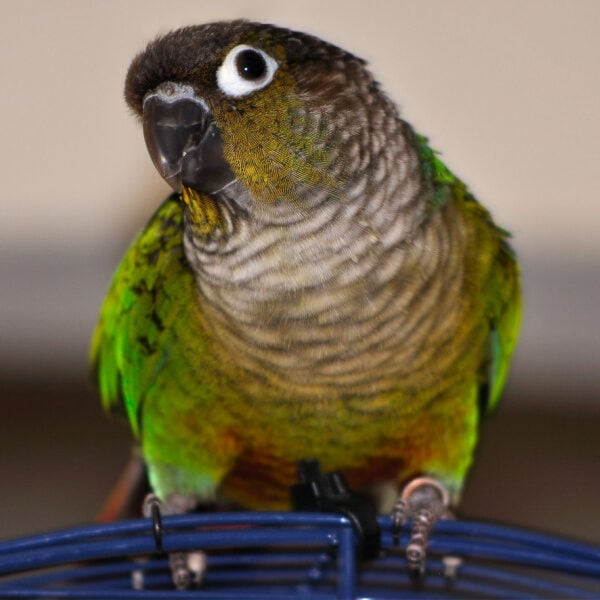Why Is This Jubilee (Hybrid) Macaw Having A Difficult Molt?
Last Updated on by Mitch Rezman
Donna B writes on 9/9/2018
I have a 6-1/2 year old Jubilee Macaw (named Bijou) who seems to be having a very difficult molt.
I am concerned his constant picking might turn in to plucking.
Bijou has begun constantly picking on himself and pulls out not only larger feathers but also small to mid size feathers and gray fluff.
As of now, however, I don’t see any skin abrasions or blood.
I have been sprinkling AviCalm on his fruit once a day.
For awhile I sprayed him with a soothing commercial spray after each shower but someone told me that spray could make it worse so I stopped.
What can I do to help him with this unusually hard molt he seems to be experiencing and to try to stop such heavy preening from turning into plucking?
Bathing: I had been giving my Macaw heavy showers (with a hand held misting sprayer) every other day until I recently read that such frequent showers could be drying his skin and making his preening worse.
I now give him heavy showers every 3 to 4 days. (We live in Houston, Texas with humidity levels ranging from 40% to 49%.)
Food: Bijou has a bowl of Zupreem colored pellets and a bowl of dehydrated fruit available 24/7.
I cut up green beans, broccoli, apples, oranges and corn on the cob to feed him daily.
When out playing with me, he gets pine nuts, cashews and pistachios as treats for doing tricks.
Toys, Play Time and Sleep: I hang multiple toys in his large cage but Bijou does not seem to play with them very much.
He has different sized and textured perches in his cage.
I take him out of his cage to play with me 2 hours in the morning and 2 hours in the evening and he has a manzanita play stand in my room for him to play on (although he much prefers to sit on my shoulder or my propped up knees).
I try to make sure he is back in his cage at dusk and gets 12 hours of sleep.
Lighting and other Birds:
My birds are in a separate bird room down the hall from my bedroom and can hear me when I am not in their room.
There is an Amazon and a Red Breasted Cockatoo in 2 other cages in the bird room. During daylight hours, the TV is tuned into the cartoon channel with a soft volume.
What else would be helpful for you to know?
Thank you for your help. Donna
Hi Donna,
It looks as though you have a super tight on your handle with your caged bird keeping activities.
There is no easy molt, that I know of.
Your bird is replacing anywhere from 6000 – 8000 feathers, two feathers at a time (all bird molts are symmetric)
As long as you don’t see any of the skin abrasions or blood you’re good to go.
The Avi-calm over fruit is very helpful.
I would advocate cutting out oranges and corn from the diet.
A bird’s digestive system starts with a crop which is the organ food enters into after the beak and esophagus.
Food stays in the crop for up to six hours.
This is an evolutionary survival mechanism allowing for “rapidly empty” lowering the birds weight in order to increase takeoff and flight speed if danger is sensed.
This means high acid in oranges has the potential to cause “birdie heartburn” while they linger in the crop.
In general many people feel that “birds eat a lot of fruit in the wild” which has sugar.
I like to point out that fruit that’s wild grown has far less sugar content than fruit bought commercially today.
We prefer to offer our birds more veggies and less fruit.
Currently Keto (our African ringneck) will stick his beak up to pretty much anything other than what’s in his food dish.
Peaches (our Senegal) likes vegetables but they have to be warm, she won’t touch cold vegetables.
She likes dry cooked noodles, no sauce, no uncooked pasta.
We find these things out from trial and error.
Your Jubilee is already getting enough corn in his diet.
The first ingredient printed on a package of fruit blend Zupreem, is ground corn.
Corn is a filler ingredient with lots of carbohydrates.
All birds love corn be it cut, dried, cooked or raw, it don’t matter.
Slicing off a couple rows from a raw corn cob can be a great treat on occasion.
Although birds in general use carbohydrates, wild birds have a greater need because carbs help generate body heat which is why you see so much corn in wild bird food
A side note : Catherine and I are on the Keto diet which eliminates corn altogether and we do not miss it.
This also means we share food like almonds, sunflower lettuce and cucumber slices (a favorite with the budgies)
Zupreem also adds sugar “for palatability” one of the reasons it’s so popular but I take exception to that ingredient as well.
We don’t need to make hyper animals even more hyper with sugar plus sugar has a low pH making it another acidic ingredient passing into the crop.
As for bathing, two or three times a week is fine.
If you’re able to restrain your bird with hands or better yet a towel, you can easily inspect your macaw parrot’s skin for dryness.
A few drops of coconut oil, placed in small dish can be microwaved for no more than five seconds then poured over the Zupreem fruit blend pellets to assist with moisturizing dry skin.
Simply having multiple bird toys in a cage will not ensure a bird engages with them.
It could be months of testing for certain textures be they paper, coconut, soft wood, thin wood or hardwood bird toys.
Peaches our Senegal loves to chew cardboard so I fill up small boxes with business cards and slip almonds or sunflower kernels between the cards.
She will spend 10 to 20 minutes working on five “foraging boxes” laid out on my desk.
Toys can be boring without having relationships to food.
In other words you can try things like covering food dishes with paper or a large piece of romaine lettuce.
Our newest rescue Keto, an African ringneck pretty much ignores the wood bird toys in his bird cage but now sports four or five bell toys with balls on them.
We can literally control his behavior inside and outside of the cage using his love of bell bird toys.
It’s a testing procedure having your own birds as a guide to determine who likes what in and out of their cage.
We fill up large feeder dishes with toy parts which cover a thin layer of high-value treats like Nutriberries and pre-cracked walnuts.
There are days when Peaches will ignore her food dish in favor of forging through the toy part box.
I have set up a similar box for Keto which he has ignored until today, 10 days after I put it in the cage.
Having different size and textured perches in the cage is very important.
Birds should sleep on a soft rope perch mounted high in the corner of the bird cage so when their feet clamp down on the perch for the night, foot abrasions are usually eliminated.
The problem with getting birds back in a cage at “dusk” is that dusk is a moving target.
In January dusk occurs at 4:30 PM
In August dusk occurs at 8:30 PM.
Birds get a lot of data from light via the pineal gland just behind their right eye.
Changing north American light cycles upset their circadian rhythm (the same thing circadian rhythm that causes humans to get SAD in the winter) because they are getting “bad light data”.
We highly advocate full spectrum lighting no higher than 6 inches above the top of every bird cage regardless of species.
The light or lights should be set on a timer providing 12 hours of light and 12 hours of darkness.
The bird should be in the cage when the lights come on and in the cage when the lights turn off.
This will help a bird circadian rhythms stay synchronized because they will now have a consistent time to start of day and end of day.
The 12 hours of light – 12 hours of darkness cycle represent their instinctual expectations of an equatorial light cycle.
I hope these ideas will lead to more varied attempts in support of the birds you care for.
Best
mitchr
reviewed and approved by Catherine Tobsing
Author Profile
Latest entries
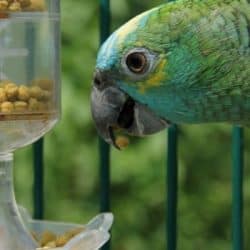 Feeding Exotic BirdsDecember 29, 2025How to Switch or Convert Your Bird From Seeds to Pellets: Real-Life Case Studies and Practical Guidance
Feeding Exotic BirdsDecember 29, 2025How to Switch or Convert Your Bird From Seeds to Pellets: Real-Life Case Studies and Practical Guidance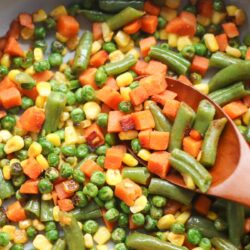 Feeding Exotic BirdsDecember 16, 2025A Practical, Budget-Smart Guide to Feeding Birds Well
Feeding Exotic BirdsDecember 16, 2025A Practical, Budget-Smart Guide to Feeding Birds Well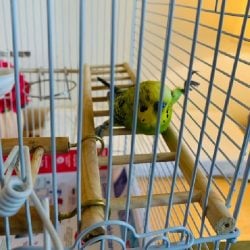 Bird EnviornmentsDecember 7, 2025Understanding Budgie Cage Bar Orientation: Myths, Realities & Practical Solutions for Vertical-Bar Bird Cages
Bird EnviornmentsDecember 7, 2025Understanding Budgie Cage Bar Orientation: Myths, Realities & Practical Solutions for Vertical-Bar Bird Cages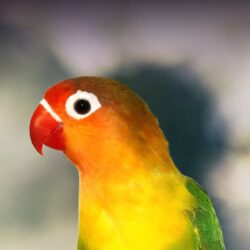 Feeding Exotic BirdsDecember 5, 2025How Dr. T.J. Lafeber Rewrote the Future of Pet Bird Nutrition
Feeding Exotic BirdsDecember 5, 2025How Dr. T.J. Lafeber Rewrote the Future of Pet Bird Nutrition
